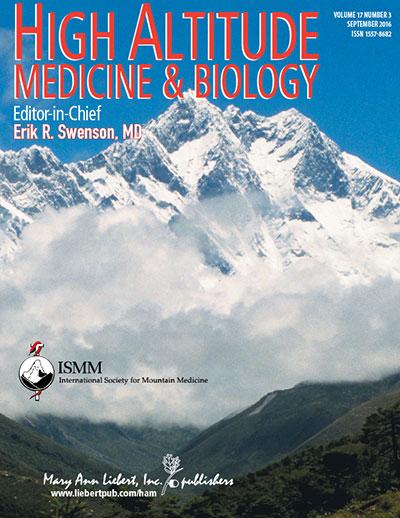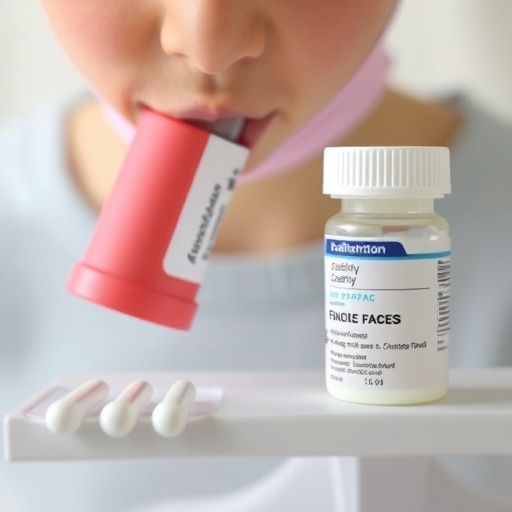
Credit: ©Mary Ann Liebert, Inc., publishers
New Rochelle, NY, December 14, 2016 -The ethics of using medications to improve performance and increase the likelihood of success in high-altitude climbing remains a controversial topic, and a new study that asked climbers of Mount Everest their opinions and assessed their use of medications and oxygen provides new insights in an article published in High Altitude Medicine & Biology, a peer-reviewed journal from Mary Ann Liebert, Inc., publishers. The article is available free online on the High Altitude Medicine & Biology website until January 11, 2017.
The article "Medication Use Among Mount Everest Climbers: Practice and Attitudes" is coauthored by Andrew Luks, MD, University of Washington, Seattle, Colin Grissom, MD, Intermountain Medical Center and the University of Utah, Salt Lake City, Luanne Freer, MD, Yellowstone National Park, Bozeman, MT and Himalayan Rescue Association Everest Base Camp Medical Clinic, Nepal, and Peter Hackett, MD, University of Colorado, Denver, and Institute for Altitude Medicine, Telluride, CO.
The researchers report that less than half of the climbers surveyed reported using medications on climbs. The most commonly used medication was acetazolamide to prevent altitude sickness.
"This article by Luks et al. and another recent article by a group on Mt Blanc in the French Alps, in which drug levels were measured in urine collected from a common toilet used by many climbers on the way to the summit, give independent and confirmatory data that drug use by mountaineers is mostly and appropriately for altitude illness prophylaxis and sleep quality, and not for performance enhancement or recreational pleasure," says Erik R. Swenson, MD, Editor-in-Chief of High Altitude Medicine & Biology and Professor, Division of Pulmonary and Critical Care Medicine, Veterans Administration Puget Sound Healthcare System. "Rumors of rampant drug abuse appear to be disproven."
###
About the Journal
High Altitude Medicine & Biology, the Official Journal of the International Society for Mountain Medicine, is published quarterly online. It is the only peer-reviewed journal dedicated exclusively to the latest advances in high altitude life sciences. The journal presents findings on the effects of chronic hypoxia on lung and heart disease, pulmonary and cerebral edema, hypertension, dehydration, infertility, appetite and weight loss, and other diseases. Complete tables of content and sample issue may be viewed online at the High Altitude Medicine & Biology website.
About the Publisher
Mary Ann Liebert, Inc., publishers is a privately held, fully integrated media company known for establishing authoritative peer-reviewed journals in many promising areas of science and biomedical research, including Journal of Aerosol Medicine and Pulmonary Drug Delivery, and Pediatric Allergy, Immunology, and Pulmonology. Its biotechnology trade magazine, GEN (Genetic Engineering & Biotechnology News), was the first in its field and is today the industry's most widely read publication worldwide. A complete list of the firm's 80 journals, books, and newsmagazines is available at the Mary Ann Liebert, Inc., publishers website.
Media Contact
Kathryn Ryan
[email protected]
914-740-2100
@LiebertPub
http://www.liebertpub.com
############
Story Source: Materials provided by Scienmag





